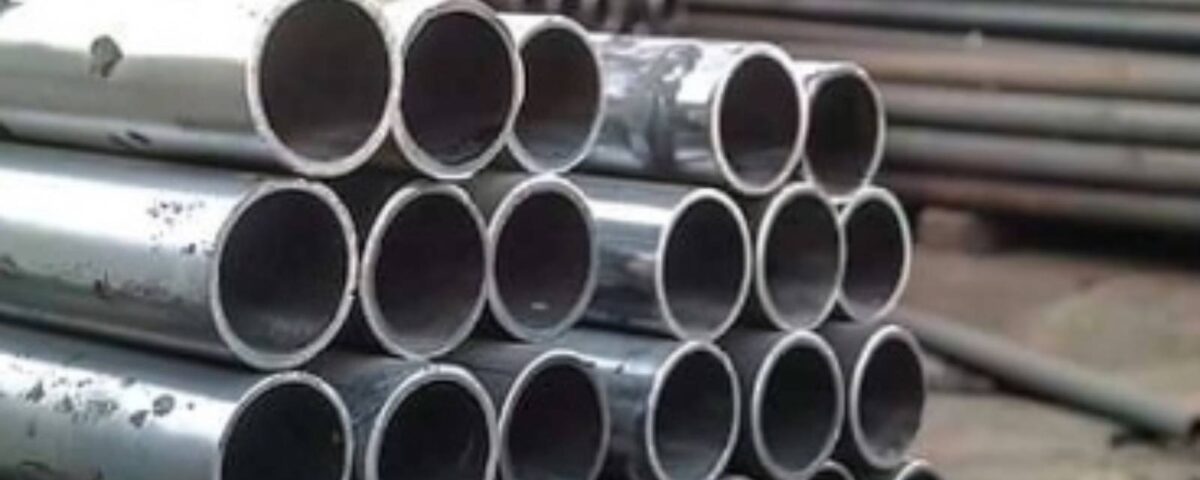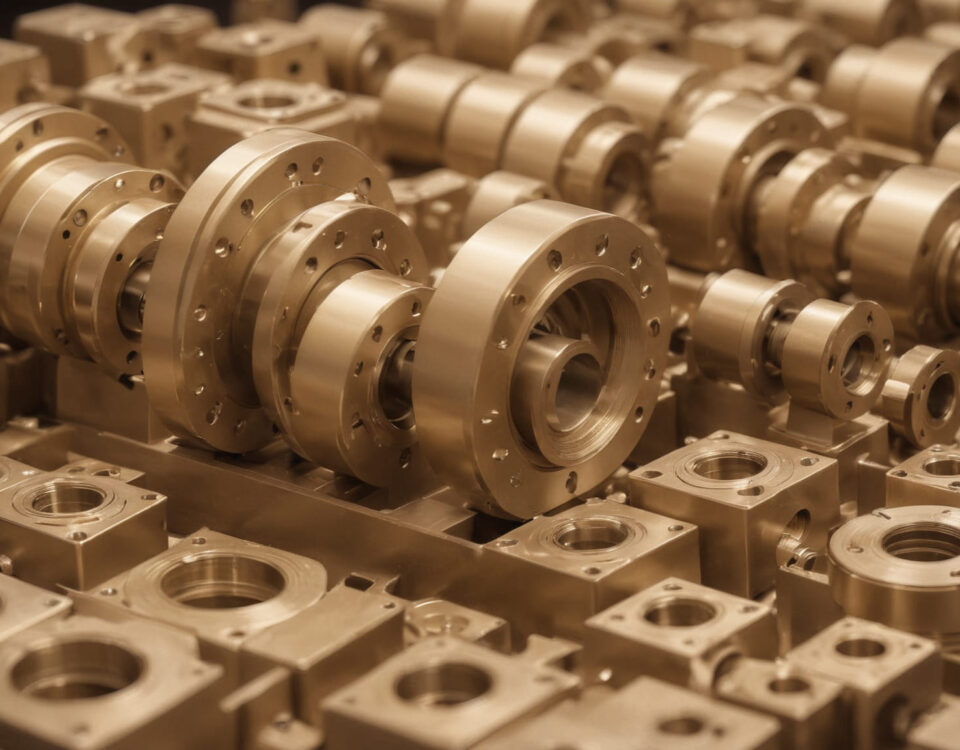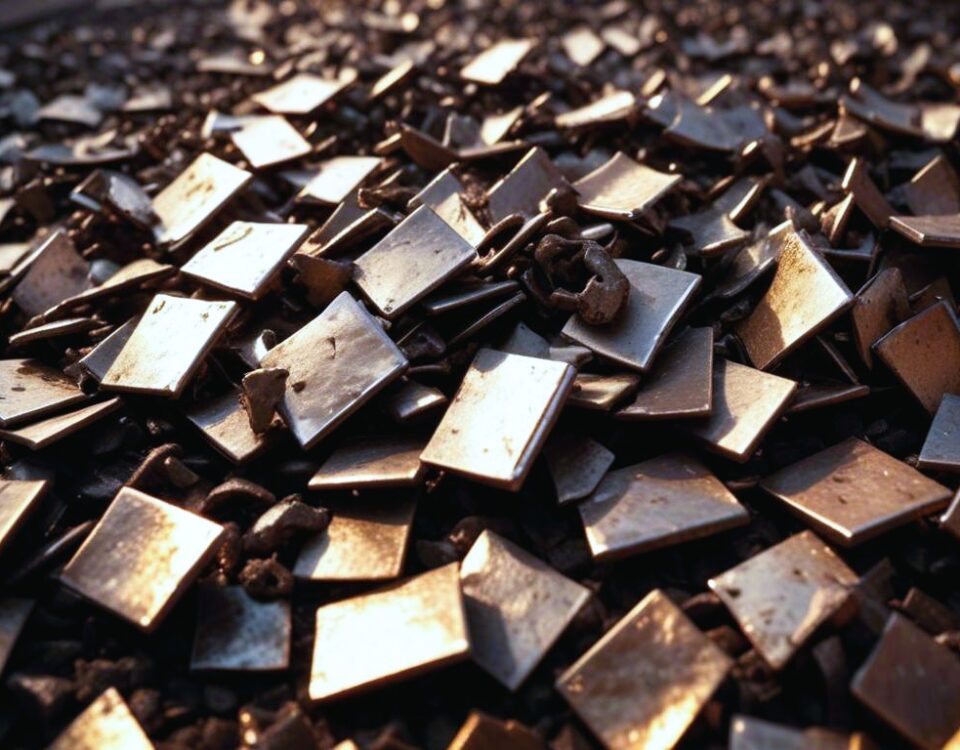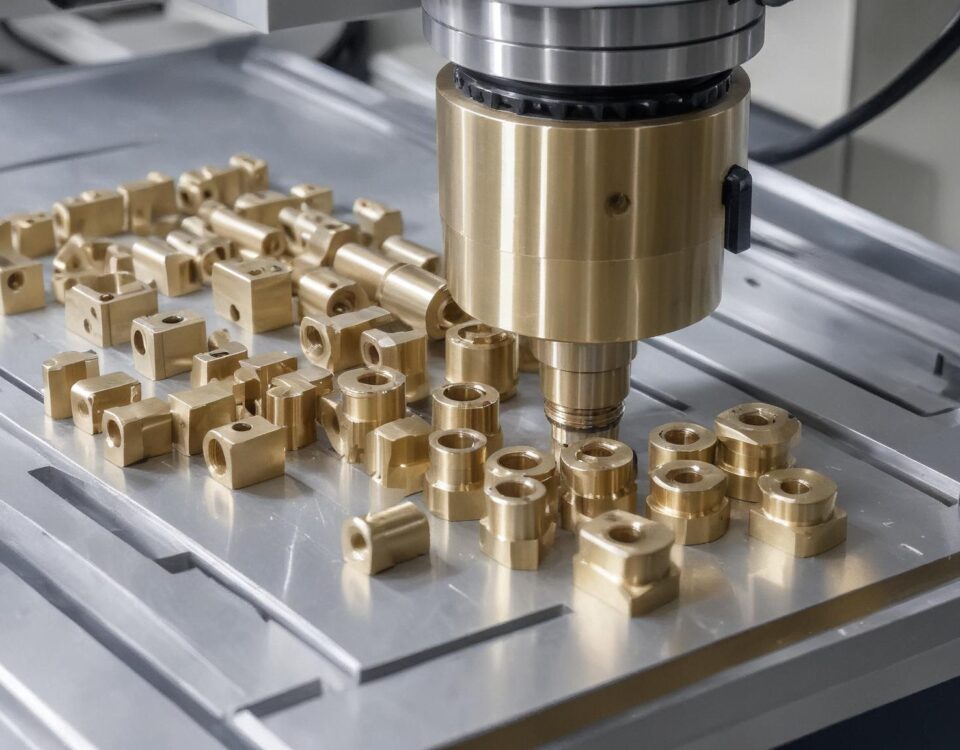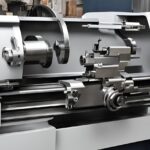
Understanding How CNC Lathe Machines Work
31 May 2024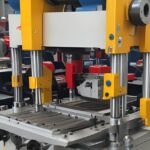
All You Need to Know About Stamping Aluminum
6 June 2024As people who have been engaged in the machinery industry for many years and have certain work experience, have you ever carefully understood the differences between the performance of Q345A, Q345B, Q345C, Q345D, and Q345E steels?
If not, let us study and review together:
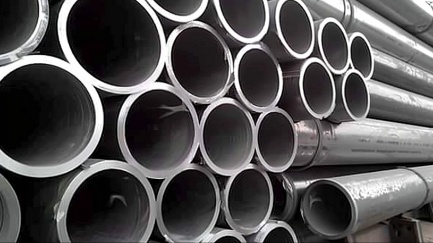
Q345 is a type of steel material. It is a low alloy steel (C < 0.2%) widely used in buildings, bridges, vehicles, ships, pressure vessels, and more. Q represents the yield strength of this material, and the 345 at the end refers to the yield value, which is about 345 MPa. The yield value decreases with the increase of material thickness.
Q345 has good comprehensive mechanical properties, acceptable low-temperature performance, good plasticity, and weldability. It is used for medium and low-pressure containers, oil tanks, vehicles, cranes, mining machinery, power stations, bridges, and other structures that bear dynamic loads, custom machined aluminum parts, building structures, general metal structures, hot rolled or normalized state, and can be used for various structures in cold areas below -40℃.
Grade classification differences:
Q345 can be divided into Q345A, Q345B, Q345C, Q345D, and Q345E based on the grade, representing different impact temperatures.
Q345A grade has no impact;
Q345B grade is 20 degrees normal temperature impact;
Q345C grade is 0-degree impact;
Q345D grade is -20 degree impact;
Q345E grade is -40 degree impact.
At different impact temperatures, the impact values are also different.
Chemical composition differences:
Q345A: C≤0.20, Mn ≤1.7, Si≤0.55, P≤0.045, S≤0.045, V 0.02~0.15;
Q345B: C≤0.20, Mn ≤1.7, Si≤0.55, P≤0.040, S≤0.040, V 0.02~0.15;
Q345C: C≤0.20, Mn ≤1.7, Si≤0.55, P≤0.035, S≤0.035, V 0.02~0.15, Al≥0.015;
Q345D: C≤0.20, Mn ≤1.7, Si≤0.55, P≤0.030, S≤0.030, V 0.02~0.15, Al≥0.015;
Q345E: C≤0.20, Mn ≤1.7, Si≤0.55, P≤0.025, S≤0.025, V 0.02~0.15, Al≥0.015;
Compared with 16Mn, the difference is:
Q345 steel is a replacement for the old brands of 12MnV, 14MnNb, 18Nb, 16MnRE, 16Mn, and other steels, not just 16Mn steel. In terms of chemical composition, 16Mn and Q345 are also different.
More importantly, there are large differences in the thickness grouping sizes of the two steels according to the different yield strengths, which will inevitably cause changes in the allowable stress of materials of certain thicknesses. Therefore, it is inappropriate to apply the allowable stress of 16Mn steel to Q345 steel, and the allowable stress should be re-determined according to the new steel thickness grouping size.
The proportion of the main components of Q345 steel is basically the same as that of 16Mn steel; the difference is that trace alloying elements of V, Ti, and Nb are added. A small amount of V, Ti, and Nb alloying elements can refine the grains, greatly improve the toughness of the steel, and greatly improve its comprehensive mechanical properties.
It is also because of this that the thickness of the steel plate can be made larger. Therefore, the comprehensive mechanical properties of Q345 steel should be better than those of 16Mn steel, especially its low-temperature performance, which is not available in 16Mn steel.
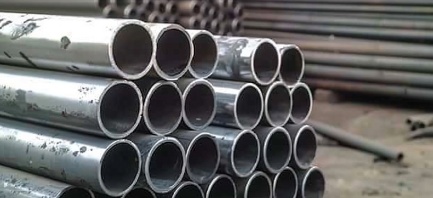
Compared with 16Mn, the difference is:
Q345 steel is a replacement for older steel brands such as 12MnV, 14MnNb, 18Nb, 16MnRE, 16Mn, and others, not just 16Mn steel. There are differences in chemical composition between 16Mn and Q345 steel.
Significantly, there are substantial variations in the thickness grouping sizes of the two steels based on different yield strengths. This will inevitably lead to changes in the allowable stress of materials of specific thicknesses. Therefore, it is not appropriate to apply the allowable stress of 16Mn steel to Q345 steel. The allowable stress should be re-evaluated based on the new steel thickness grouping sizes.
The main components of Q345 steel have a similar proportion to that of 16Mn steel. The difference lies in the addition of trace alloying elements such as V, Ti, and Nb. A small amount of these elements can refine the grains and significantly enhance the steel's toughness and comprehensive mechanical properties.
It is due to these enhancements that the thickness of the steel plate can be increased. Consequently, the comprehensive mechanical properties of Q345 steel should be superior to those of 16Mn steel, especially in terms of low-temperature performance, which is not achievable with 16Mn steel.
Metal performance comparison:
Q345D seamless pipe mechanical properties:
Tensile strength: 490-675 Yield strength: ≥345 Elongation: ≥22
Q345B seamless pipe mechanical properties:
Tensile strength: 490-675 Yield strength: ≥345 Elongation: ≥21
Q345A seamless pipe mechanical properties:
Tensile strength: 490-675 Yield strength: ≥345 Elongation: ≥21
Q345C seamless pipe mechanical properties:
Tensile strength: 490-675 Yield strength: ≥345 Elongation: ≥22
Q345E seamless pipe mechanical properties:
Tensile strength: 490-675 Yield strength: ≥345 Elongation: ≥22
Symbol and series differences:
Q345D steel is compared with Q345A, B, and C steel. The test temperature of low-temperature impact energy is low. Good performance. The amount of harmful materials P and S is lower than Q345A, B, C.
The market price is higher than Q345A, B, and C.
Definition of Q345d: ① Please remember the following text: "It is composed of Q + number + quality grade symbol + deoxidation method symbol. The steel number is prefixed with "Q," which represents the yield point of the steel, and the number following it represents the yield point value in MPa. For example, Q235 represents carbon structural steel with a yield point (σs) of 235 MPa."
② If necessary, the steel number can be followed by symbols indicating the quality grade and deoxidation method. The quality grade symbols are A, B, C, and D, respectively.
Deoxidation method symbol:
- F for rimmed steel
- B for semi-killed steel
- Z for killed steel
- TZ for special killed steel
Killed steel may not be marked with a symbol, meaning that both Z and TZ may not be marked. For example, Q235-AF represents grade A rimmed steel.
③ Carbon steel custom cnc milling used for special purposes, such as bridge constructionand shipbuilding, follows the representation method of carbon structural steel but includes a letter at the end of the steel number to indicate its specific purpose.
Material content difference:
- The chemical composition of Q345 is as follows (%):

- The mechanical properties of Q345C are as follows (%):

When the wall thickness is between 16-35mm, σs≥325Mpa; when the wall thickness is between 35-50mm, σs≥295Mpa
2. Welding characteristics of Q345 steel
2.1 Calculation of carbon equivalent (Ceq)
Ceq=C+Mn/6+Ni/15+Cu/15+Cr/5+Mo/5+V/5
Calculated Ceq=0.49%, which is greater than 0.45%. It is evident that the welding performance of Q345 steel is subpar, and strict process measures need to be formulated during welding.
2.2 Problems that are prone to occur in welding of Q345 steel
2.2.1 Hardening tendency of heat-affected zone
During the cooling process of welding, the heat-affected zone of steel grade Q345 tends to form a quenching structure known as martensite. This leads to increased hardness in the near-seam area and reduced plasticity, resulting in post-welding cracks.
2.2.2 Cold crack sensitivity
The welding cracks of Q345 steel are mainly cold cracks.
Welding construction process:
Bevel preparation → spot welding → preheating → inner welding → back root cleaning (carbon arc gouging) → outer welding → inner welding → self-inspection/special inspection → post-weld heat treatment → non-destructive inspection (weld quality first-level qualified)
Selection of welding process parameters:
Through the analysis of the weldability of Q345 steel, the following measures are formulated:
- Selection of welding materials
Considering that Q345 steel is more prone to cold cracking, it is important to select low-hydrogen welding materials. Additionally, to ensure that the welded joint is as strong as the parent material, E5015 (J507) type welding rods should be chosen.
The chemical composition is shown in the table below (%):
Mechanical properties are shown in the table below:
(Tensile strength should be greater than yield) - Groove form: (according to drawings and equipment supply)
- Welding method: manual arc welding (D).
- Welding current: To avoid having a rough weld structure and reduced impact toughness, it's important to use small-scale welding. This involves using small-diameter welding rods, creating narrow welds, using thin weld layers, and employing multi-layer and multi-pass welding processes (as illustrated in Figure 1). The width of the weld should be three times the width of the welding rod, and the thickness of the weld layer should not exceed 5mm. For the first to third layers, Ф3.2 welding rods with a welding current of 100 130A should be used, while for the fourth to sixth layers, Ф4.0 welding rods with a welding current of 120-180A are recommended.
- Preheating temperature: Since the Ceq of Q345 steel is > 0.45%, it should be preheated before welding. The preheating temperature T0 = 100-150℃ and the interlayer temperature Ti ≤ 400℃.
- Post-weld heat treatment parameters: To reduce welding residual stress, lower the hydrogen content in the weld, and enhance the metal structure and performance of the weld, it is recommended to conduct heat treatment after welding. The heat treatment temperature should be maintained between 600-640°C, with a constant temperature time of 2 hours (applicable to a plate thickness of 40mm) and a heating and cooling speed of 125°C/h.
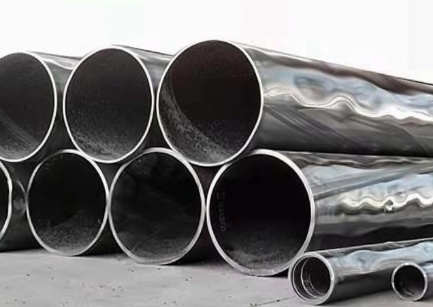
Welding sequence in the workshop;
- Preheating before welding
Before welding the flange plate, it is important to preheat the flange plate and maintain a constant temperature for 30 minutes before beginning the welding process. The preheating, interlayer temperature, and heat treatment during welding are all automatically controlled by the heat treatment temperature control cabinet. This is achieved using a far-infrared crawler heating furnace, with a microcomputer that automatically sets and records the temperature curve. Additionally, a thermocouple is used to measure the temperature during the process. When preheating, the thermocouple measuring point should be positioned 15mm-20mm away from the edge of the groove. - Welding
2.1 To prevent welding deformation, it is recommended to use two people to weld each column joint symmetrically, with the welding direction from the middle to both sides. When welding the inner mouth (the groove close to the web), it is important to operate with small specifications for the first to third layers, as welding is the main cause of welding deformation. After welding one to three layers, the back should be cleaned. Following this, the carbon arc air planer should be used to clean the root, and then the weld must be mechanically polished to clean the carburized surface and expose the metallic luster to prevent severe carbonization and cracks. The outer opening should be welded in one go, and then the remaining part of the inner opening should be welded.
2.2 When welding the second layer, the welding direction should be opposite to the first layer, and so on. The welding joints of each layer should be staggered by 15-20mm.
2.3 The welding current, welding speed, and number of welding layers of two welders should be consistent.
2.4 During welding, welding should start from the arc starting plate and end at the arc ending plate. Cut it off and grind it clean after welding. - Post-weld heat treatment:
The welded area must undergo heat treatment within 12 hours after welding. If it's not possible to carry out the heat treatment within this timeframe, insulation, and slow cooling measures should be implemented. During the heat treatment process, temperature should be measured using two thermocouples, with one spot-welded on the inside and the other on the outside of the weld. - Welding inspection
According to the "Steel Structure Engineering Construction and Acceptance Code," welds are inspected using ultrasonic flaw detection at a 100% inspection ratio.
Technical management of the processing workshop:
- Prepare detailed welding construction work instructions.
- Controlling the welding process throughout the process is the core of ensuring quality.
During the welding of each column joint, it is important to have a dedicated person monitoring the welding process. If the welder does not follow the work instructions, the welding should be stopped immediately. Throughout the welding process, the heat treatment personnel should monitor the interlayer temperature. If it exceeds the standard, the welder should be notified to stop immediately. - Improving the awareness of construction personnel regarding quality is crucial for implementing the welding process.
Prior to construction, all staff will receive a briefing and will be issued a construction process card. The briefing will provide detailed explanations about the characteristics of the welding process, as well as the necessity and control points for strictly managing the on-site welding process.
Machining-CNC is able to supply high-quality merchandise, competitive selling prices, and the finest customer support. Machining-CNC 's destination is "You come here with difficulty, and we supply you with a smile to take away" for custom metal cnc machining services and die casting aluminum service. Now, Machining-CNC has been considering all specifics to ensure each product or service is contented by our buyers. If you have any project that you need a quote on or want to know more, please feel free to contact [email protected]

